7 Myths about Glass Floors and Bridges
There is something mysterious about walking on a glass floor or bridge. You may ask yourself, “Is a glass floor as safe as a common wood floor? Do I have to experience the “thrill” of seeing through it (some people get scared looking through a glass floor)? Will it be too slippery to walk on if the surface is wet?”
In the article below I will take you on a journey to dispel the common myths surrounding glass floors and bridges. I will also provide you with a quick glimpse of some fun things you can do in a contemporary home or commercial building with this versatile and distinctive material.
-
-
Myth #1 – Glass floors are not as strong as floors supported by wood joists
Most floors in residential homes (and many floors in commercial buildings) are supported by wood joists spaced approximately 18” away from one another. With this level of support you and I have no concerns about falling through the floor to a lower level of the home. Since glass floor panels are often built by laminating two to three pieces of tempered glass together and placing them into a supporting structure around the perimeter – they actually have 2x the support of a common wood floor.
-
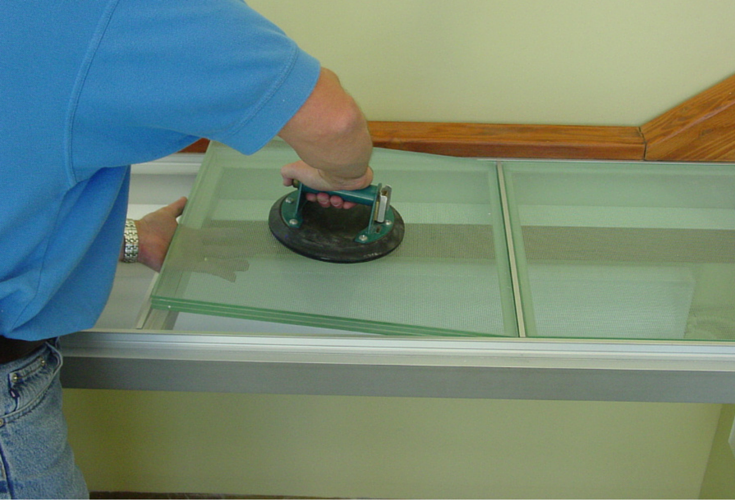
-
Myth # 2 – Glass floors can only be used inside
This is definitely not the case. One popular use of glass flooring is as a decorative (and functional) decking material. Glass decks are used to move light from one floor level to another. In many cases after a wood or metal deck is installed it cuts light to lower level spaces. With glass floor panels installed into the deck, light can still pass through to the basement. In addition this flooring can become an outdoor showcase feature by incorporating LED lighting around the floor at night.
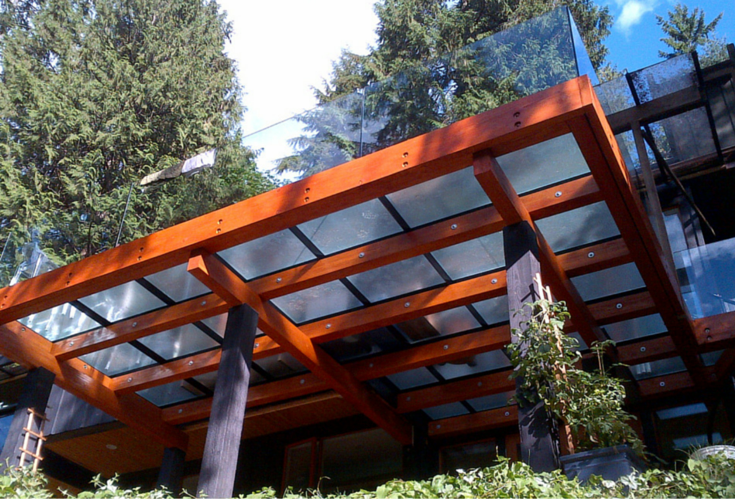
-
Myth #3 – Glass floors require a specialized installation crew
While logically it might seem you need a specialized installer given the unique nature of glass floors this actually is not the case. Glass floors are either purchased as a pre-made kit (the kit includes the glass panels with the aluminum supporting members) or are made with the supporting structure already welded around the panels (for a waterproof installation). These pre-manufactured systems (along with the installation instructions on how to prepare the openings to receive the panels) make it very doable for a general contractor who is unfamiliar with the floors to install them.
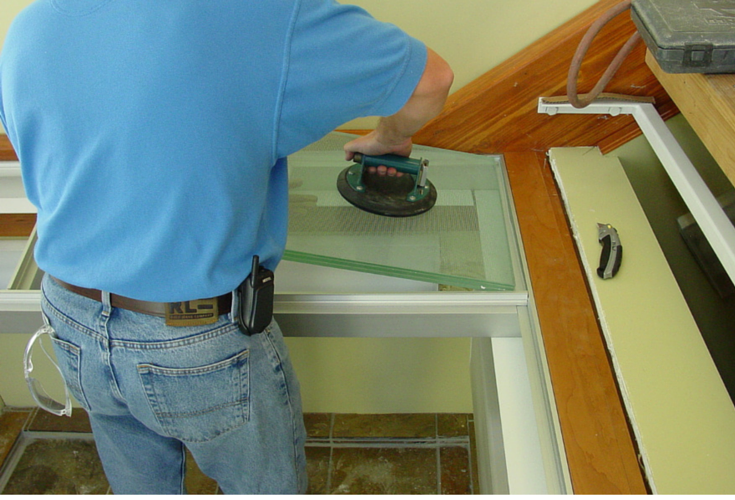
-
Myth # 4 – Glass floors are not available with decorative contemporary art glass
If you’re a big fan (like I am) of colored contemporary art glass and assumed this type of artistry could not be incorporated into a functional glass floor – think again! Using a specialized cast glass process developed by renowned artist (Walter Gordinier) you can have the best of both worlds – a glass floor and a piece of art glass – which is completely safe to walk on. It is fun seeing the colored light moving through this type of floor or bridge.
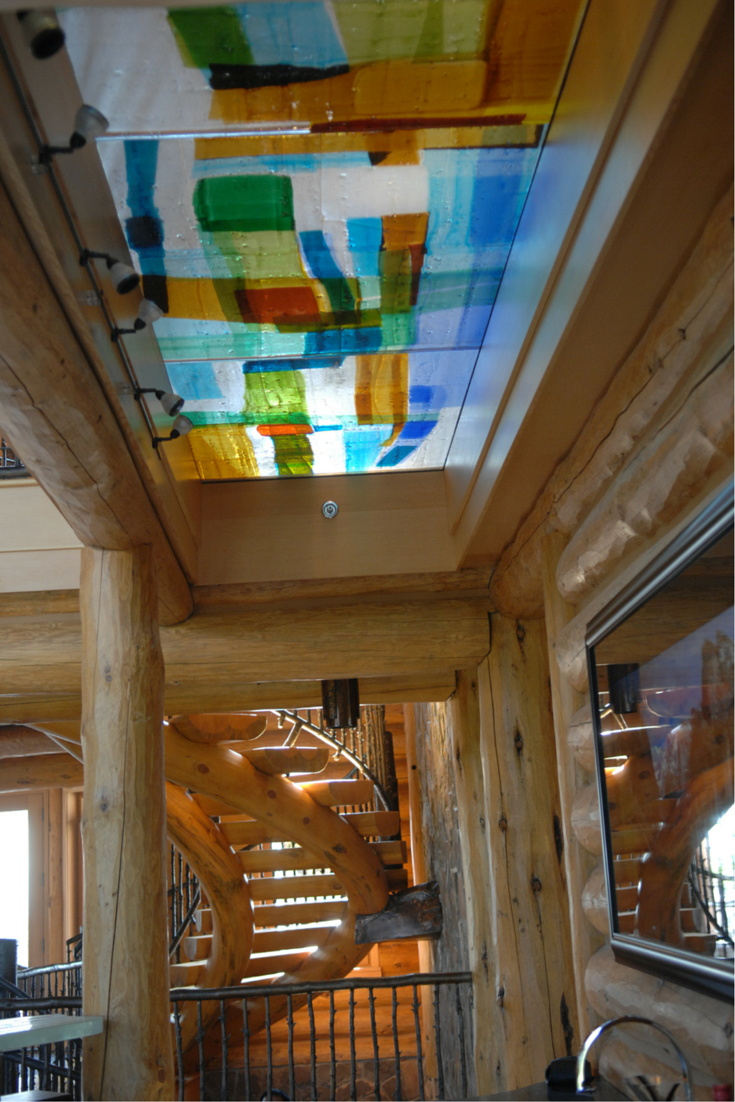
-
Myth # 5 – Glass floor panels can only be made to span small sections of flooring
Since glass floor panels can be engineered with different supporting structures, with multiple layers of laminated glass and different thicknesses, longer continuous spans are possible. If you want a longer span – but also don’t want the glass panel sections to get too heavy – the panels can be split up and separated by spanning members between pieces.
-
Myth # 6 – Glass floors are slippery and unsafe to walk on when it rains or snows
If a glass floor does not include a top surface treatment it can be slippery to walk on when wet. However, in most cases, glass floors are made with either a sandblasted or patterned ceramic frit top surface which provides traction control even when the glass is wet.
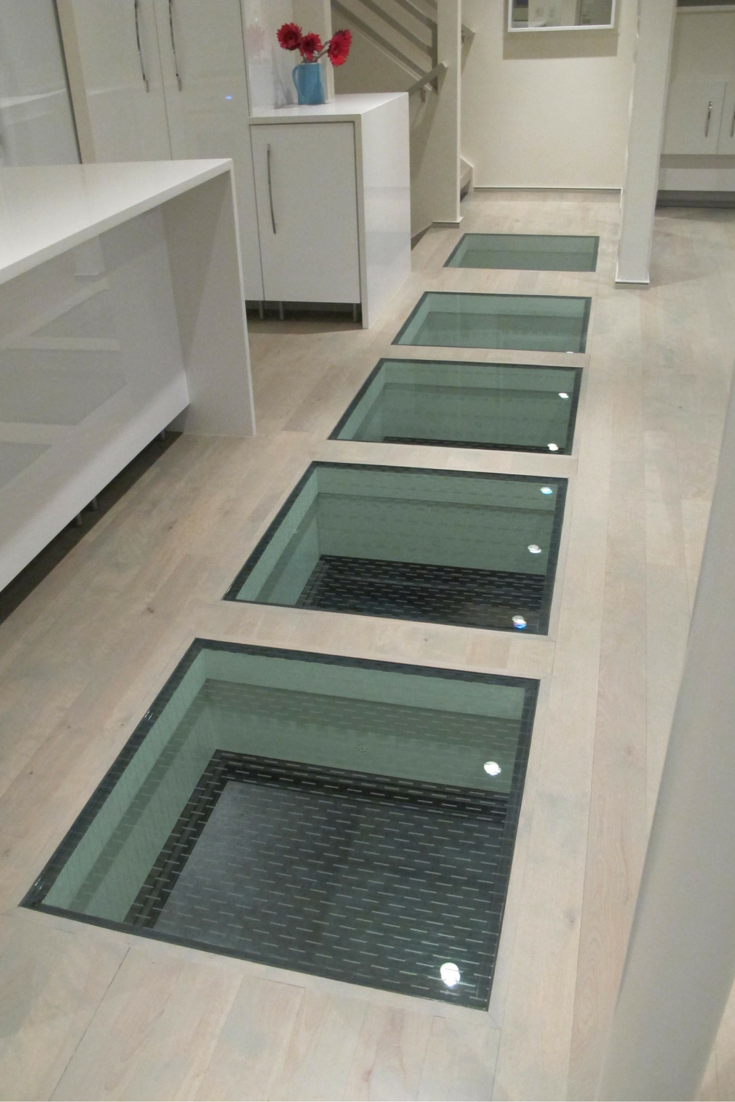
-
Myth # 7 – All glass floors are see-through so there won’t be any privacy from the levels below
Many homeowners and building and art gallery owners are worried about using glass floors because they don’t want people on the lower levels to look up and compromise someone’s modesty from an upper level (also know as the “skirt factor”). This is not a problem since glass floors can use either a frosted or acid etched finish on the glass to allow light movement between floors while maintaining privacy.
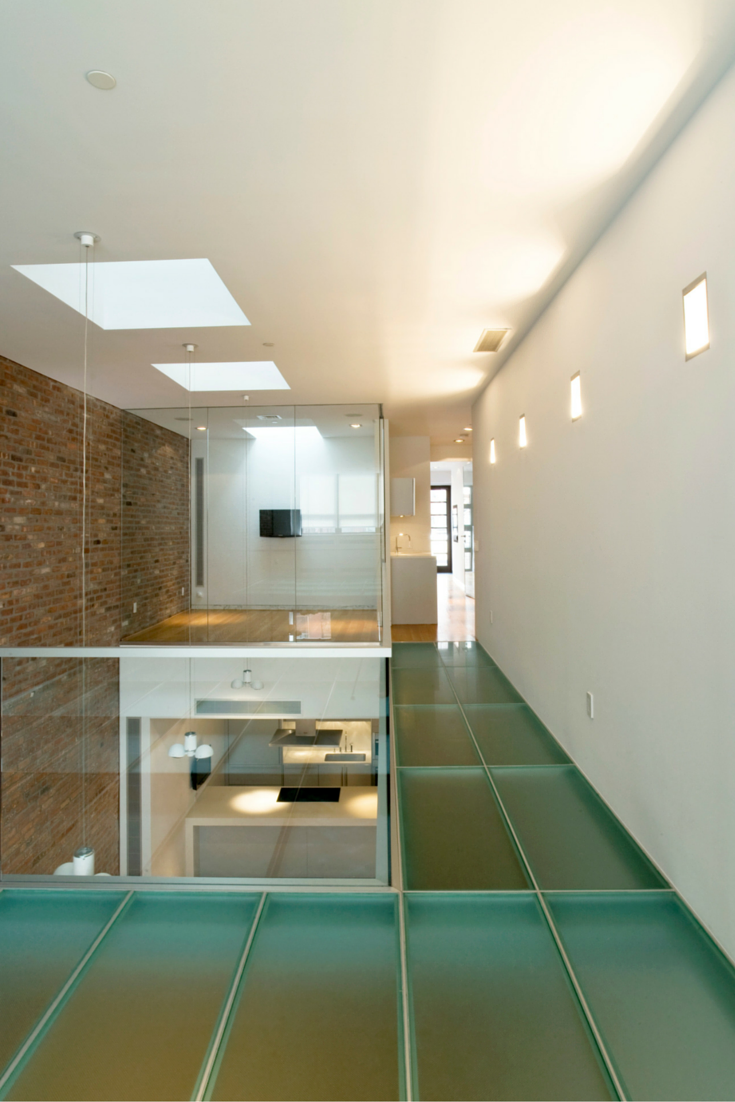
Are there any other concerns, questions or design input you need for a glass floor, bridge or deck? Please comment or call us on the number below.
###
Call Innovate Building Solutions on a nationwide basis (877-668-5888) or for a local project their divisions in Columbus (614-252-5888) or Cleveland (216-531-6363), or Ohio.
Learn more about the author and his company on Twitter @Mike_Foti and @InnovateBuild
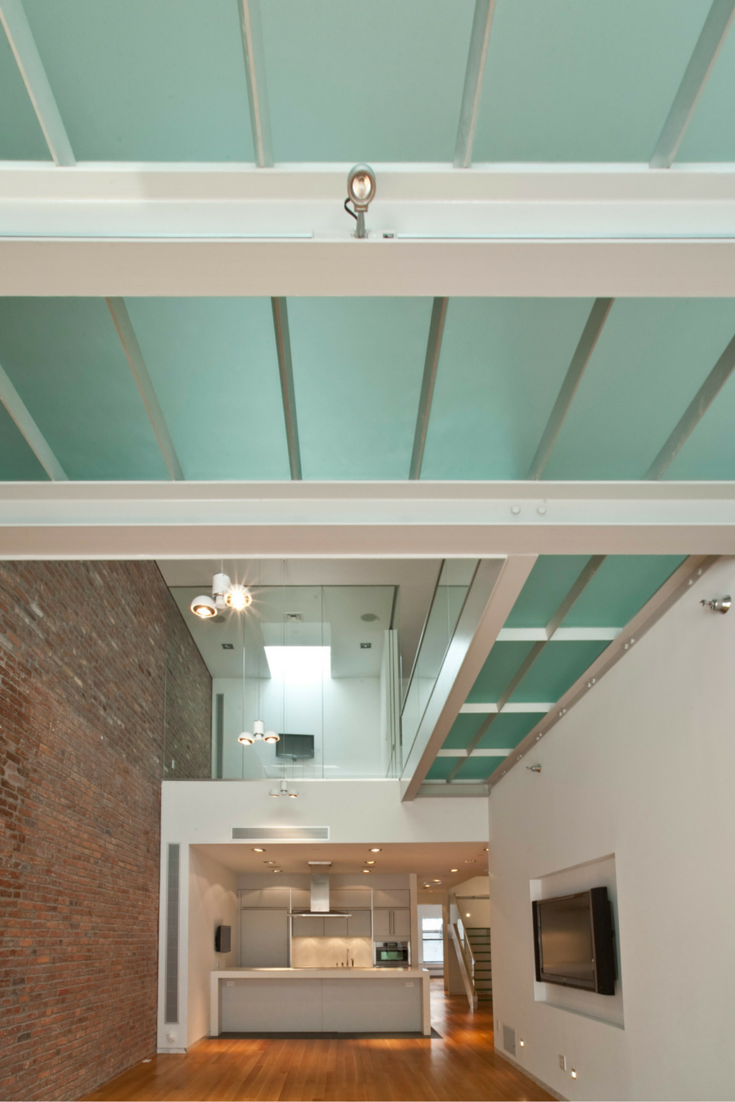
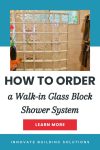
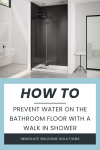
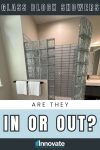
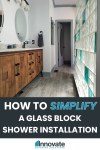
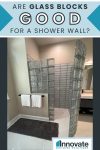
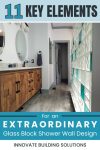


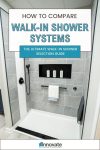
Mike Foti
Thanks Craig – I’ll send you an email shortly. Mike
CRAIG WILLIS
very interested in your product , please contact me at your earliest time , I have several questions related to your product and product building code specifications
Mike Foti
Thanks Walter – I’m glad you like the article. I’m hoping to garner some interest as time goes on with your art floors – they are the coolest! Mike
walter gordinier
hi mike just saw your article on floors and bridges that was excellent we all need to read more like that walter